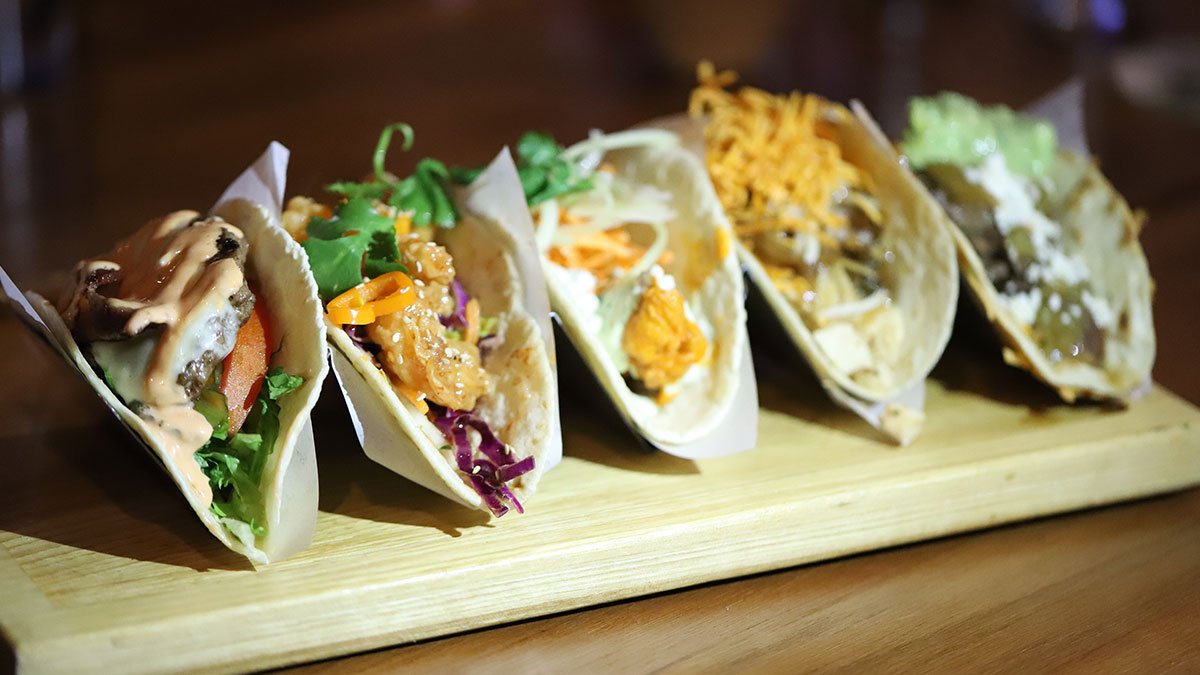
What are Tacos?
Tacos, an internationally popular hand-shaped food item of Mexican origin, combine seasoned meats, vegetables, and other fillings and are served inside a folded or rolled corn or flour tortilla.
Corn has been domesticated in Mexico for at least 9,000 years, and one of the first uses of ground corn was probably the tortilla, a flatbread made of corn, ground lime, and water. The name taco comes from the Spanish word Doval, as in a plug to fill a hungry stomach, or perhaps more, from the Nahuatl word tlacoyo, the name of the related food item. A taco is made from this bread base, but then the ingredients can vary.
In Mexican cuisine, tacos may include
- Beef
- Chicken
- Fish
- Shellfish
- as well as vegetables such as lettuce, cabbage, radishes, chiles, and tomatoes.
Tacos can also be vegetarian, filled with refried beans, avocado, potatoes, and cheese.
Before the arrival of the Spanish in Mexico, the meat eaten in tacos was likely reptiles such as snakes and iguanas, as well as native mammals and birds such as armadillos and turkeys; Insects such as grasshoppers were (and are) eaten in tacos. With the arrival of Eurasian cattle, tacos gained an even more diverse protein base. The Spanish also introduced cheese, lettuce and cabbage, and other foods, including foods of South American origin such as tomatoes, potatoes, and peppers. It is said that if the typical taco were to visit the origin of each of its ingredients, it would have to travel approximately 64,000 miles.

Taco is a staple of Mexican cuisine, sold in fine dining restaurants and street stalls alike. It has also enjoyed international success, being embraced wherever it has landed. In the United States, where “Taco Tuesday” has become commonplace across the country, there are an estimated 50,000 Mexican restaurants, almost all of which serve tacos. Mexican restaurants abound in major cities in Europe, Oceania, and East Asia, and local variations have been recorded. For example, in South Korea, diners enjoy tacos with traditional ingredients and the addition of a spicy fermented pickle called kimchi.